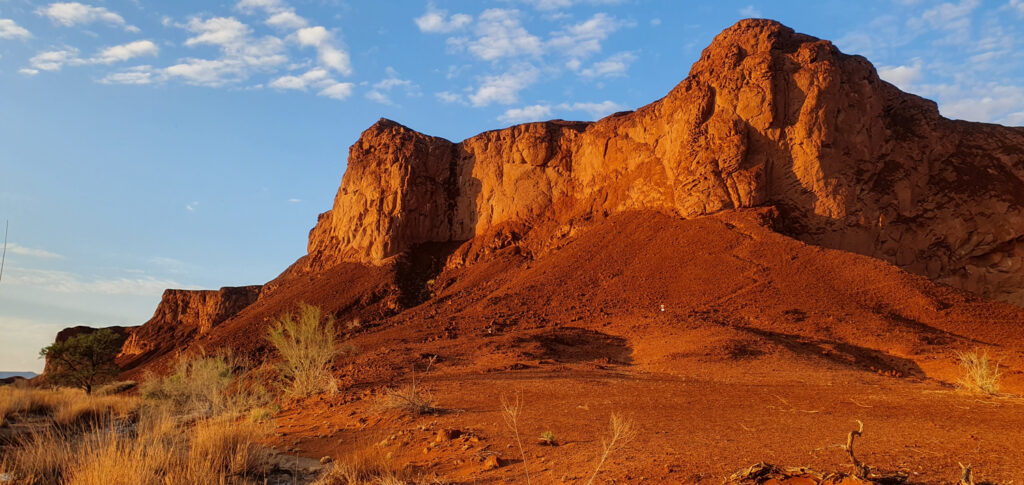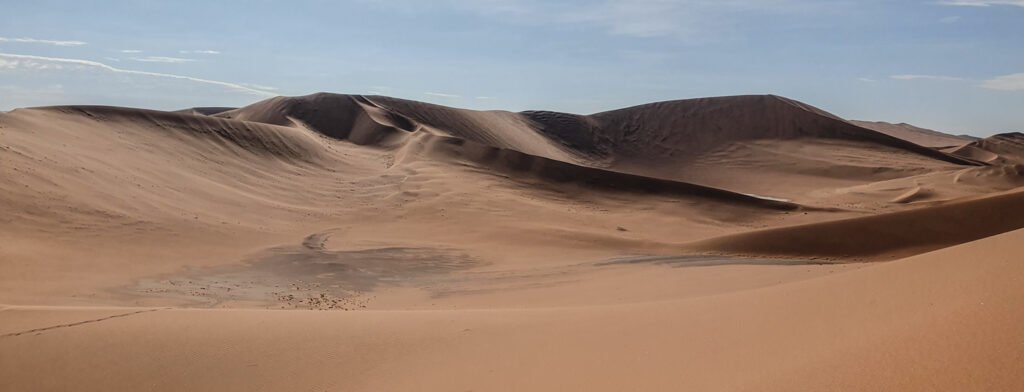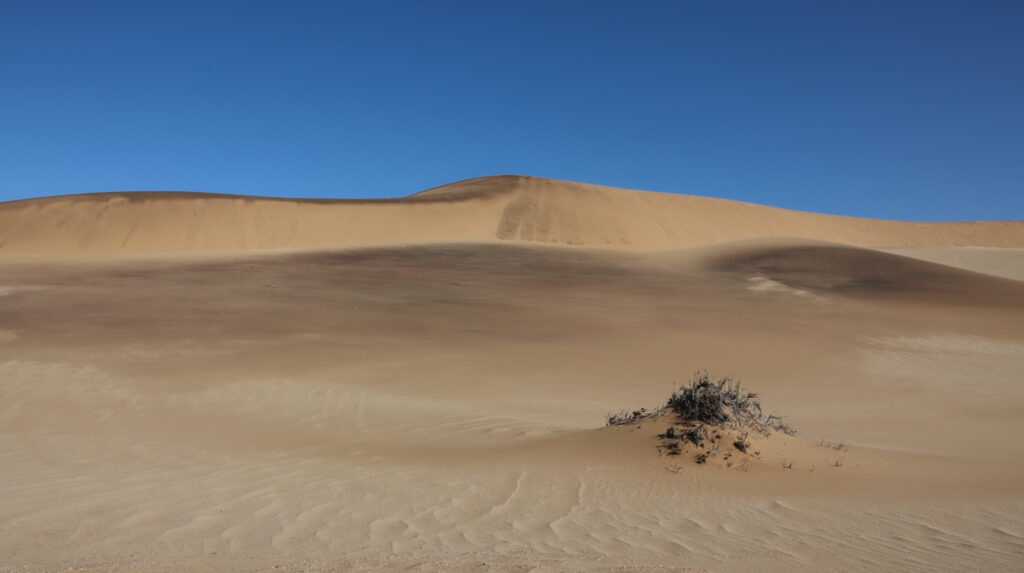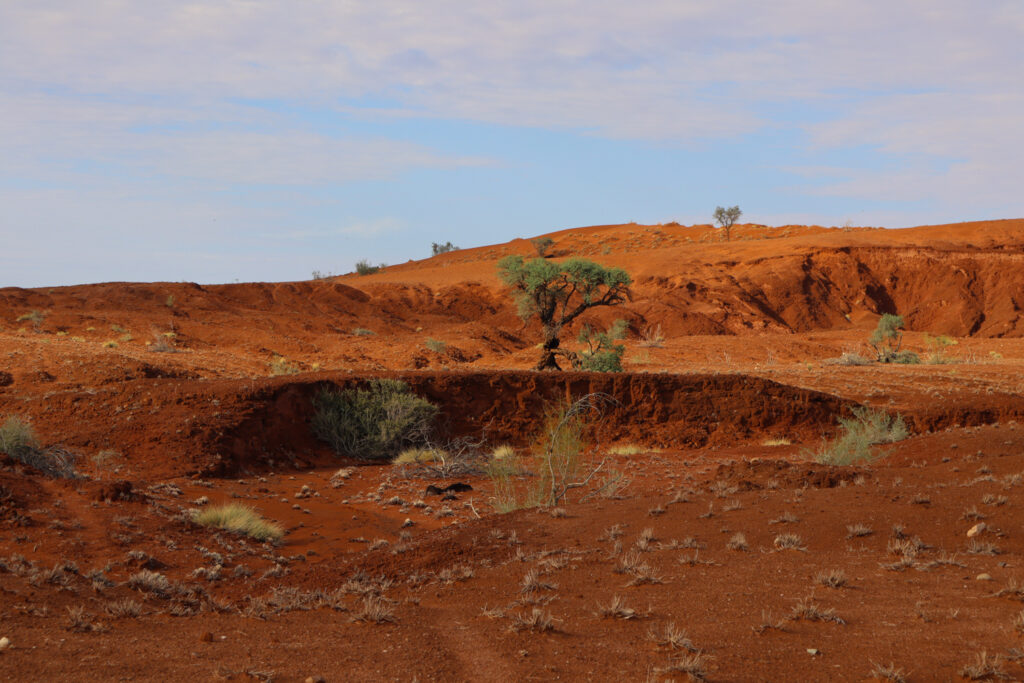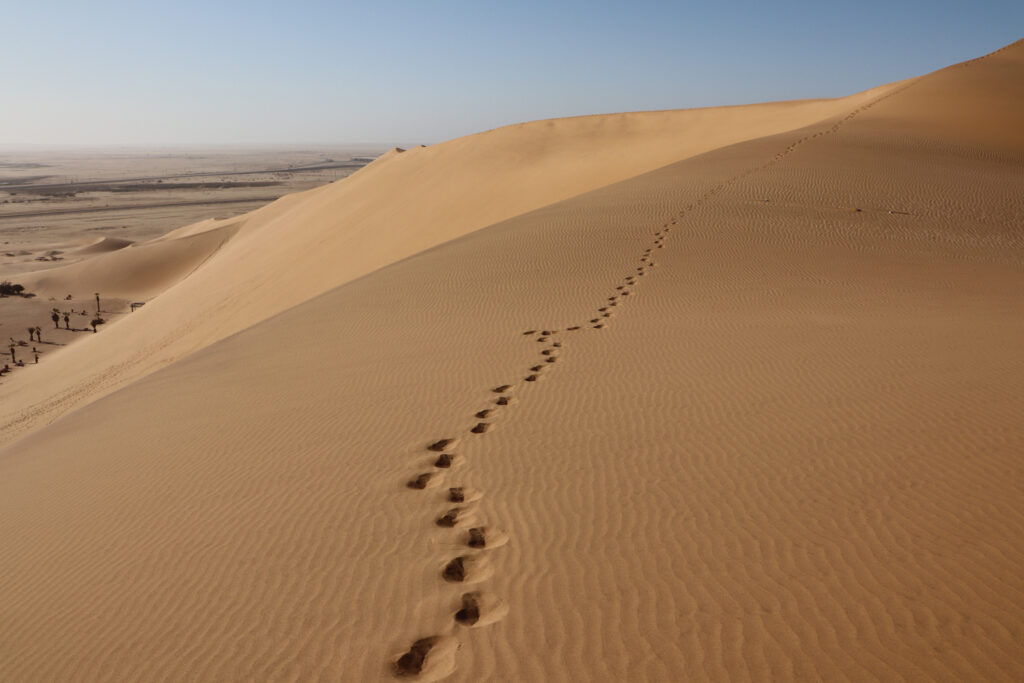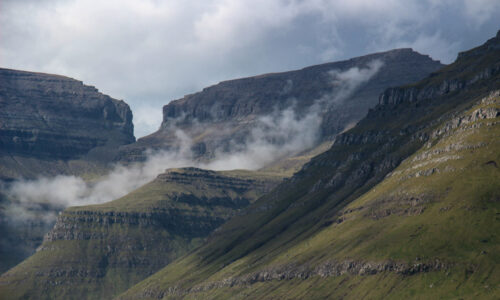Why Namibia?
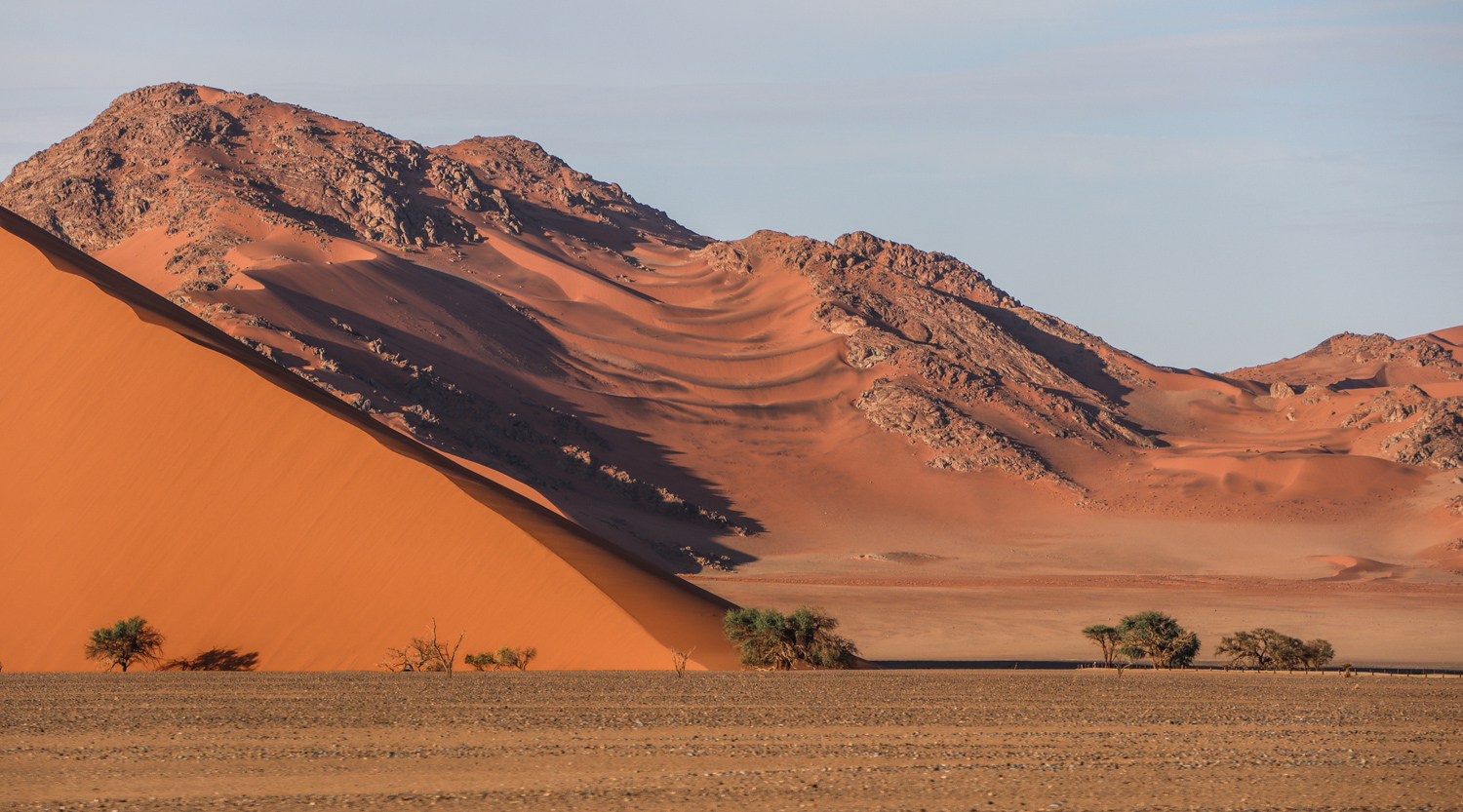
When?
Most of those who desire to visit african countries – including and especially Namibia – are guided by the animal activity, as the safaris are extremely popular with the tourists and offer some of the truly once in the lifetime experiences.
While deciding when to visit Namibia, I was guided exclusively by the idea of exposing myself to the desert sand. Gobi did its damage on me and I needed more of that, so it seemed to be the next logical move.
Those animal tours are saved for another visit, when all three of us would go together and have a bit more relaxed and kid-friendly itinerary.
Additionally, I purposefully and intentionally avoid crowds and overly packed seasons, so the end of the summer season (in above the equator terms this was february/march) was an excellent decision. It was still quite packed with tourists, but I can only imagine that it becomes way more crowded in the peak season, which is in Namibia between august and october.
What?
The world’s oldest desert – the Namib desert.
Where?
Besides Windhoek, which is the capital city of Namibia, I went to the Sossusvlei / Sesriem area, followed by trips to Walvis bay and Swakopmund on the coast of the Atlantic ocean. Except the necessary Windhoek, in which I spent a very little time, all this is well within the confines of the Namib desert, which is a belt up to 150 km wide following the 2 000 km long part of the coast of the Atlantic ocean. Besides Namibia, the Namib desert reaches Angola on the north side (Moçâmedes), and South Africa (Olifants river) on the south side.
How?
The main idea was to walk as much as I am able and to spend every moment outside, exposed to the desert sand and air. There was one scheduled/guided tour but besides that I was entirely alone most of the time. I was heavily armed with maps, prepared gear and enthusiasm, the only thing needed was to open the door and venture out.
I was really disappointed to count over than 2 700 km of railroad which cannot be used for public transport. I would use the train probably for the entire trip and without a second thought if it existed. I asked the locals about the reasons for lack of train services – they explained that it was due to lack of investment in the infrastructure, decline in the quality of the rails and corrupted politicians who managed to steal the money intended for these purposes. Railroads, sitting idle? What a waste. There are certain luxurious trains (10 – 15 000 bucks price range for the trip) which are being organized once or twice per year in order to drive rich tourists through and across Namibia, but it is not something that interests me, and not only because of the price.
Why?
I particularly liked the preparation part. Reading everything I could find about Namibia and where to go and then assessing the risks, calculating all that I might need but not to carry anything unnecessary at any given moment, how to stay safe… It was so rewarding to actually be on the spot and to put everything in practice.
Being someone who dreaded the warmth, I needed to really think how to be prepared for such an environment, and what needs to be taken into consideration in order to enjoy the trip to the maximum. I thought that I am entirely unable to handle such a change of scenery; boy, I was wrong. I was thriving there.
